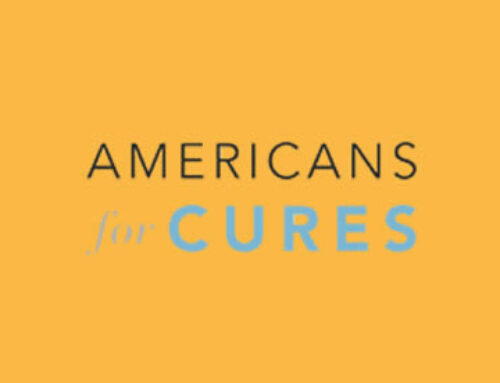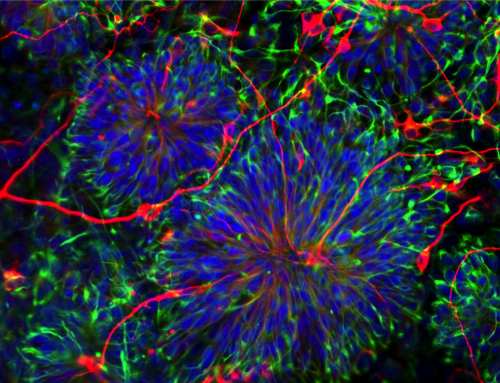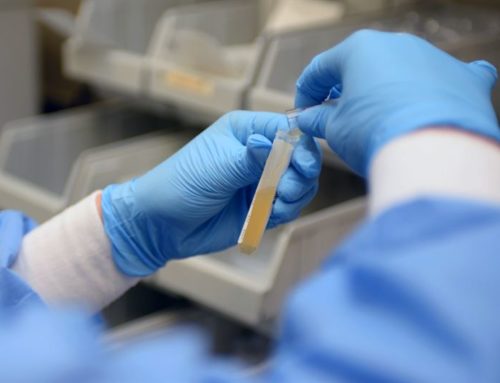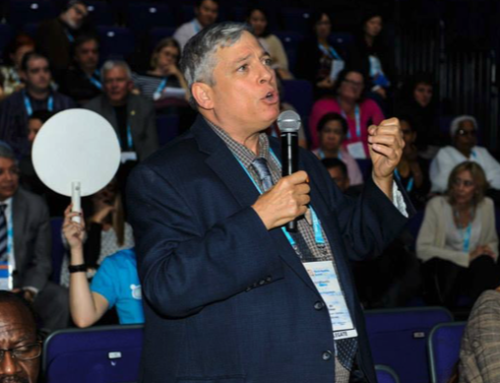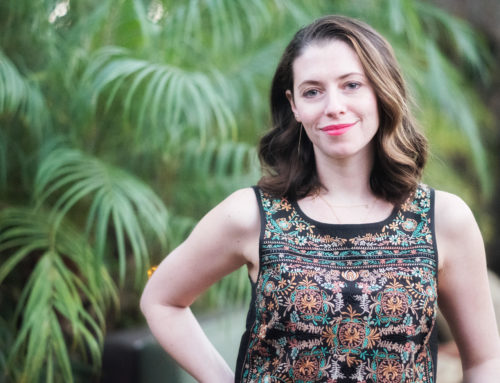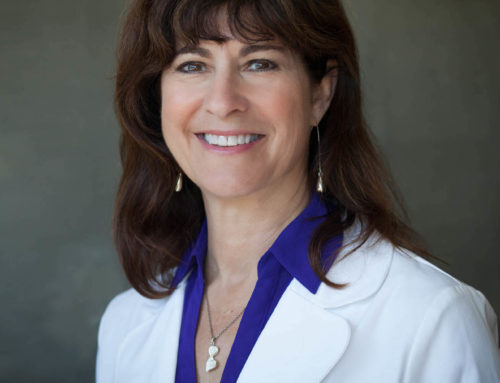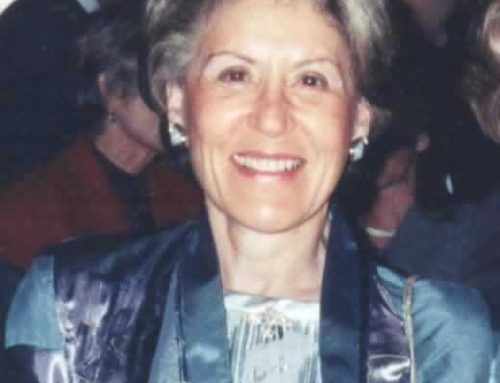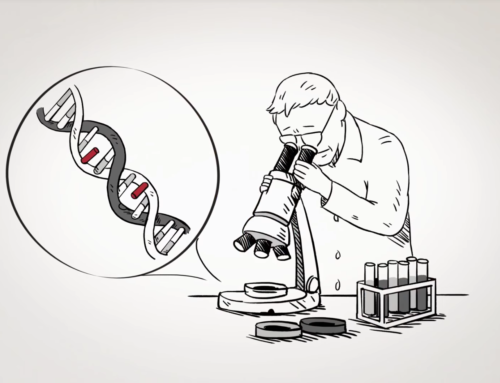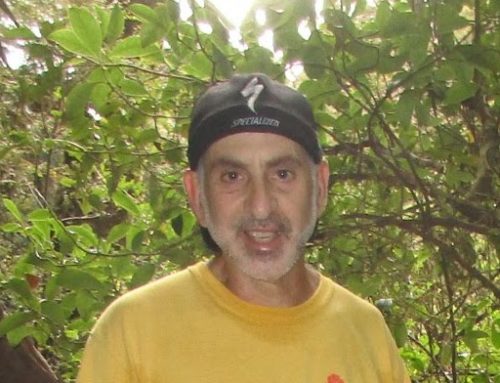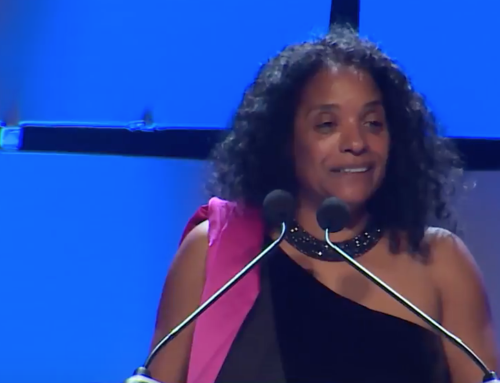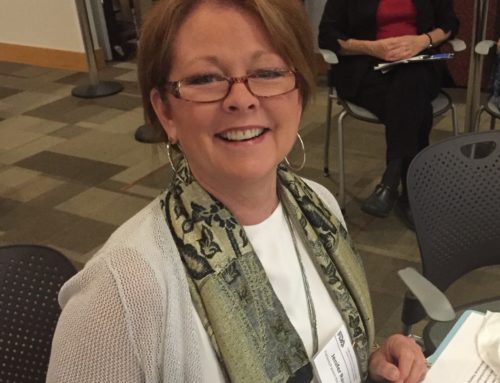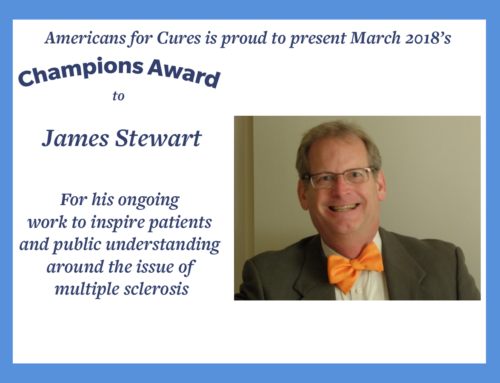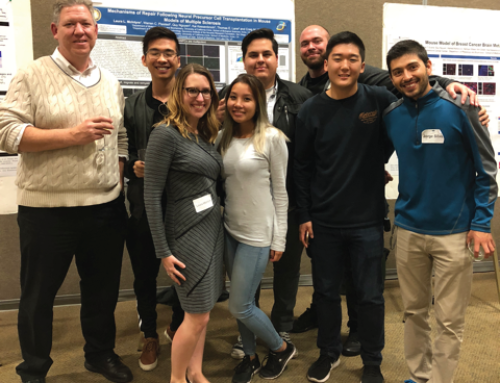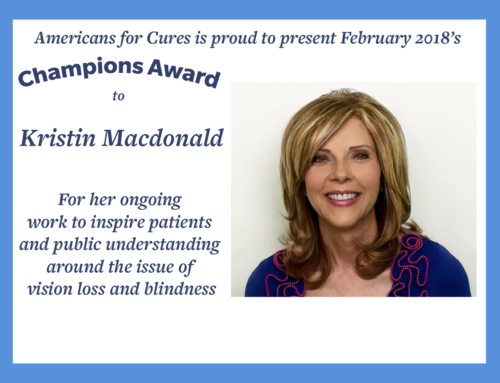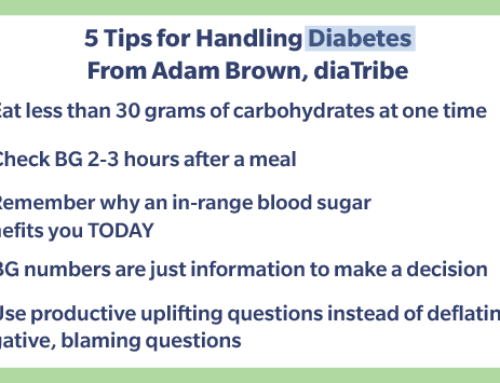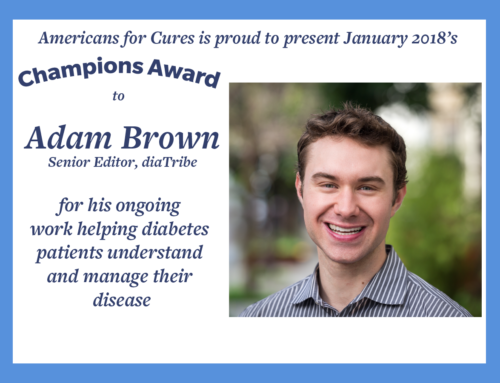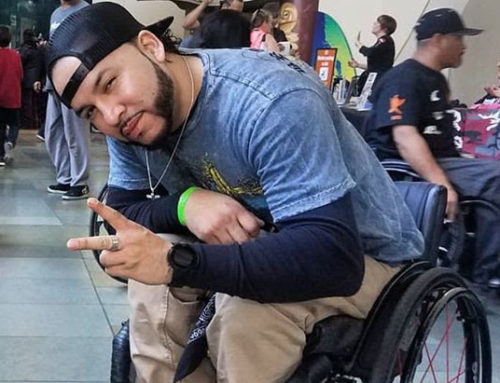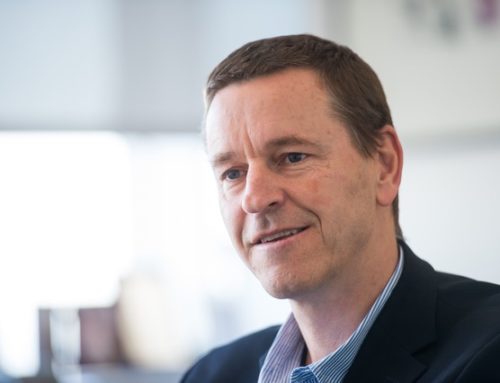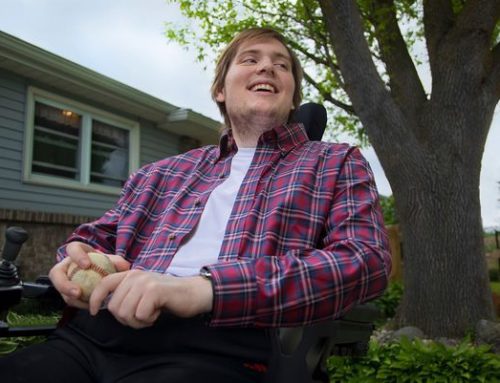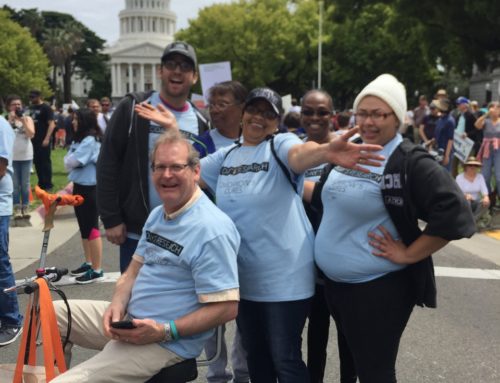At the end of this story is my non-scientific but heart-felt belief on how to keep your hair from falling out.
But first, is baldness-cure research important, or just vanity?
Think of one single hair on your head. If you pluck it, or if the skin around it is damaged, that stalk of hair will give out a tiny chemical “scream”: not a sound, of course, but a signal, from stem cells all over its surface. If enough such signals go out, the hair may shift into growth mode.
What if a bald person’s hair follicles (the hair stalk holders) could be tricked into shifting into growth mode?
He or she might become hairy again.
Dr. Maksim Plikus of the University of California at Irvine studies hair as part of the healing system. Remember those stem cells on the hair stalks? Some fight infection; others help bring together the edges of a wound.
“Our laboratory ( seeks to) understand the natural limits of stem cell plasticity in response to injury… In the center of large skin wounds, cells can acquire an embryonic-like state and develop new, fully functional hair follicles. Additional tissues regenerate…(This) can be so efficient that several months after wounding, scar tissue can hardly be distinguished from the normal skin…”
It takes a lot of signals to restart hair growth. This is quorum activity, like when a committee needs a certain percentage of people present to make a vote count.
Ever watch birds getting ready to fly south? They gradually gather, and make short hopping flights here and there, just practicing, figuring out who fits where in the flock. Then one day they burst into the sky, swirling up like ashes in the wind—and, having patterned their quorum, the birds head South.
“Quorum activity” in the body is crucial. In the intestine, for example, hair-like villi work in waves, sending microscopic signals to pass the poop along.
Plikus’s mentor, Dr. Cheng Ming Chuong, organized one experiment, in which 200 hairs were pulled out of the backs of anesthetized rabbits.
200 hairs were plucked out of the unconscious rabbits; 1,200 hairs (six times as many!) grew back. The body apparently used hair growth to help heal an injury.
It only worked if the removed hairs were close to each other. That apparently was regarded as a wound to be dealt with. If the hairs were far apart, the plucking was ignored, a minor irritant.
A surprise: healthy cells grow strongest at different times of the day. To get a longer lasting shave, do it at night. Shaving in the morning brings quicker re-growth, the famous “five o’clock shadow”.
For people undergoing cancer therapy, Cheng and Plikus’ experiments may help.
Cancer cells and regular cells multiply at different rates, even varying by the time of day. When the good cells are quiet, is when radiation therapy should be done.
We want to blast the bad cells, not the good ones. Zapping healthy cells too much may bring side effects: nausea, diarrhea, hair loss, other nasty stuff.
By altering the timing of the radiation, we hurt fewer good cells, and may lessen patient suffering.
As a financial investment, the hair regeneration industry looks like a good bet.
“Japan’s largest research organization Riken…has teamed up with…Kyocera and Organ Technologies, to develop a (baldness) cure based on regenerative medicine…targeting 2020 for commercialization. (also) scientists at Sanford-Burnham Medical Research Institute in California…made a similar announcement citing similar methods.”
These are responsible organizations. Unfortunately, other, less scrupulous companies calling themselves stem cell clinics are offering (not cheaply) to regrow bald people’s hair. It might work, it might not; and it could have major side effects.
Anything connected with regenerative medicine should have an FDA approval before being made available to the public.
But—we must not forget my colossal “secret”? Are you ready for this?
Aloe vera. The clear gel made from cactus costs about a dollar ninety-eight, and can be found on the skin care shelf of your local supermarket.
It is not complicated. Once a day I put a generous dab of the glop on my left palm, rub my hands together, then massage it deep into my scalp. I take my time, maybe thirty second or so. (My barber, Rajah, recommended it to me.)
Does it work? About three days after I started the aloe vera, the shower drain stopped clogging up. My hair loss apparently diminished.
Scientific? Not at all. Just the massage effect? Could be. But I have been doing it for about ten years now. I stopped using it once, to see what would happen. The drain plugged up almost immediately. I went back to the aloe vera— and the shower drain is clear once more.
I do not believe aloe vera actively regrows hair—but it might help to keep some foliage—and it absolutely feels nice when you rub it in.
At 72, my hair is white, but there is still plenty of it. I intend to keep using that cheap cactus gel for the remainder of my years—or at least until it stops working.
This post originally appeared on HuffPost.
Don C. Reed is Vice President of Public Policy for Americans for Cures, and he is the author of the forthcoming book, CALIFORNIA CURES: How California is Challenging Chronic Disease: How We Are Beginning to Win—and Why We Must Do It Again! You can learn more here.





